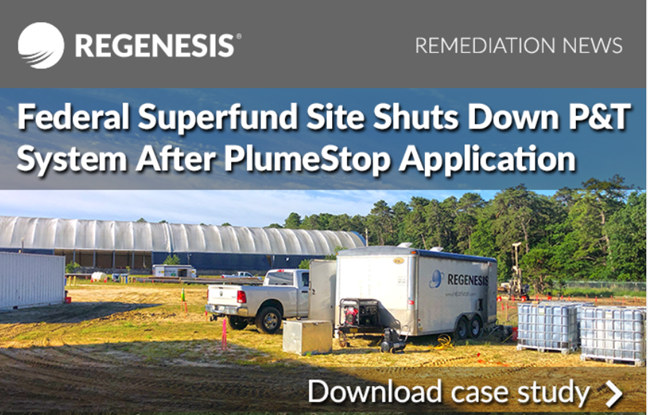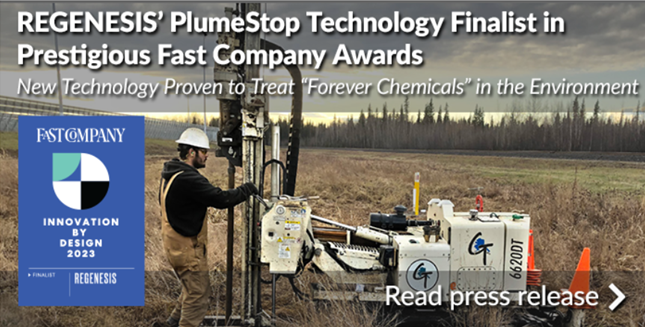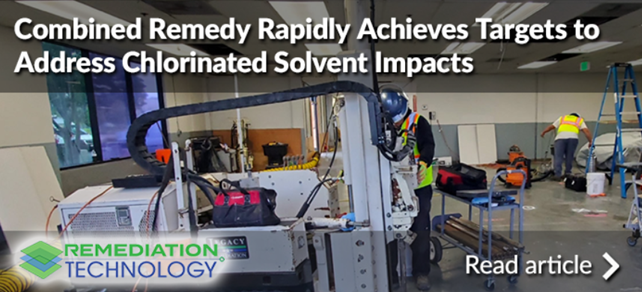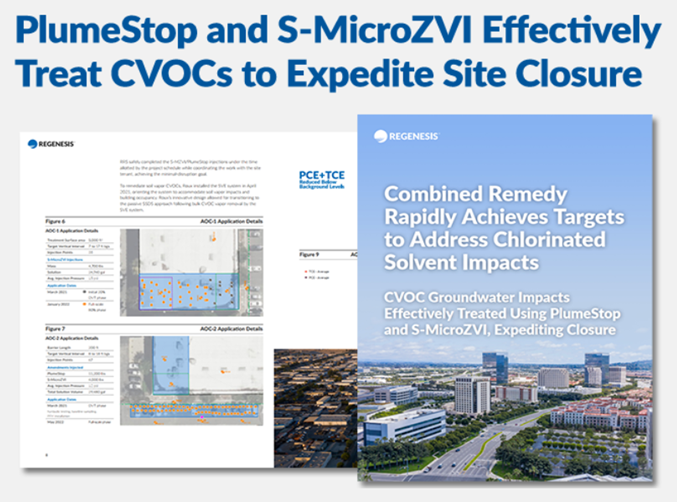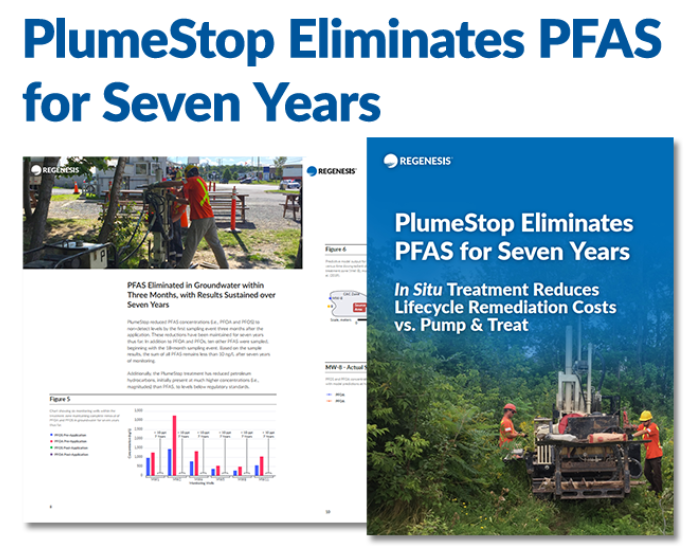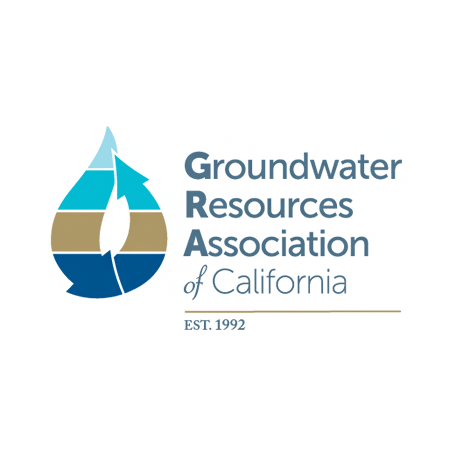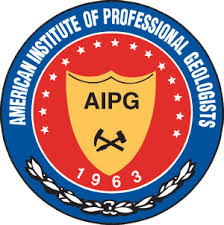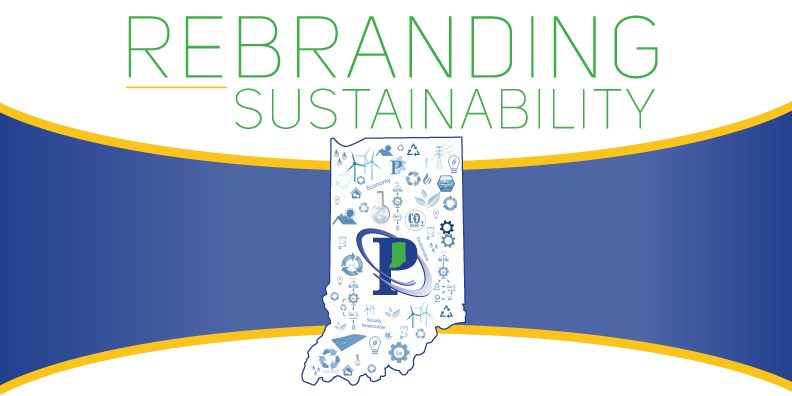September 2023 Newsletter
Featured Case Study | PlumeStop Shuts Down Pump and Treat System at Superfund Site
This case study reviews a large federally operated Superfund site where REGENESIS Remediation Services (RRS) completed a large-scale PlumeStop application to eliminate the risk of exposure to chlorinated solvents. The PlumeStop treatment prevented plume migration, protecting nearby community drinking water wells. This sustainable approach eliminates the massive carbon footprint created by outdated pump-and-treat approaches.
Amentum, a leading American governmental and commercial services contractor, is the responsible party’s contractor. Amentum has worked with the client at this site for years, providing oversight and management of their contracting partners. The project’s sensitive nature required an enhanced awareness of health, safety, and security issues and seamless coordination between RRS, Amentum, and their client.
Subscribe To Our Monthly Newsletters
Press Release | REGENESIS’ PlumeStop Technology Finalist in Prestigious Fast Company Awards
We are excited to share that REGENSIS’ PlumeStop colloidal activated carbon technology has been recognized as a Finalist in Fast Company’s Innovation by Design Awards for 2023. With proven efficacy in treating groundwater contaminants including PFAS and chlorinated solvents, this patented solution eliminates the risk of “forever chemicals” and tackles the urgent need to resolve groundwater contamination for communities impacted globally. PlumeStop PFAS treatment transforms underlying geology into a purifying filter and prevents PFAS from migrating further.
Article | Combined Remedy Rapidly Achieves Targets to Address Chlorinated Solvent Impacts
Case Study | PlumeStop and S-MicroZVI Effectively Treat CVOCs to Expedite Site Closure
Case Study | PlumeStop Eliminates PFAS for Seven Years
Upcoming Webinar | Novel Electron Donor Development: Supporting Evidence Through Genomics and Metabolomics
Dr. Paul Erickson, Director of Research & Development at REGENESIS, will be a guest presenter for a technical webinar presentation with Microbial Insights on Tuesday, September 12th at 9am pacific/12pm eastern. Dr. Erickson will present on the first-ever solid, micron-scale colloidal electron donor designed to be compatible and co-injected with PlumeStop. The development and field testing of AquiFix included the use of Microbial Insights’ QuantArray™ to demonstrate the efficacy of the new electron donor technology. Dr. Erickson will provide an overview of the development and field-testing of AquiFix in addition to how his research and development scientists incorporate microbial testing into the design and testing processes at REGENESIS.
Connect with us at Upcoming Events
West Virginia Brownfields Conference
9/12 – 9/14/2023 | Wheeling, WV
Western Groundwater Congress
9/12 – 9/14/2023 | Burbank, CA
AIPG 60th Anniversary Conference
9/16 – 9/19/2023 | Covington, KY
Northeast Sustainable Communities Workshop
9/16 – 9/20/2023 | Worcester, MA
IDEM Pollution Prevention Conference
9/20/2023 | Indianapolis, IN
RemTEC Emerging Contaminants Summit
10/3 – 10/5/2023 | Westminster, CO
Questions?
REGENESIS has remediation experts based worldwide to assist you in your brownfield site cleanup. As the technology leader in advanced bioremediation solutions, we can help ensure success on your next remediation project. Use the map on our website to find your regional REGENESIS contact today.


